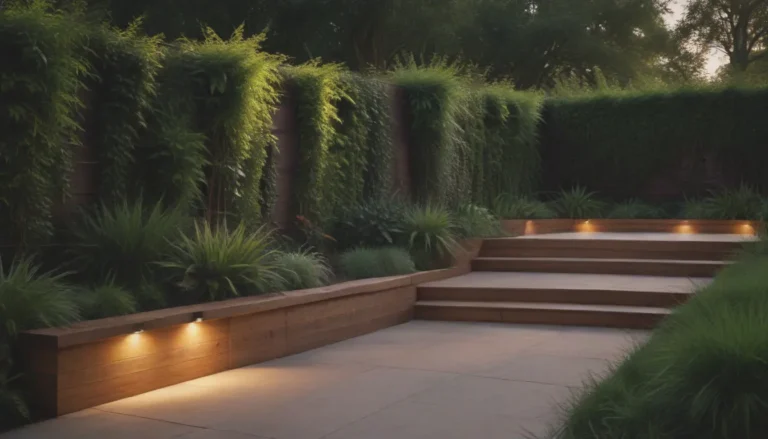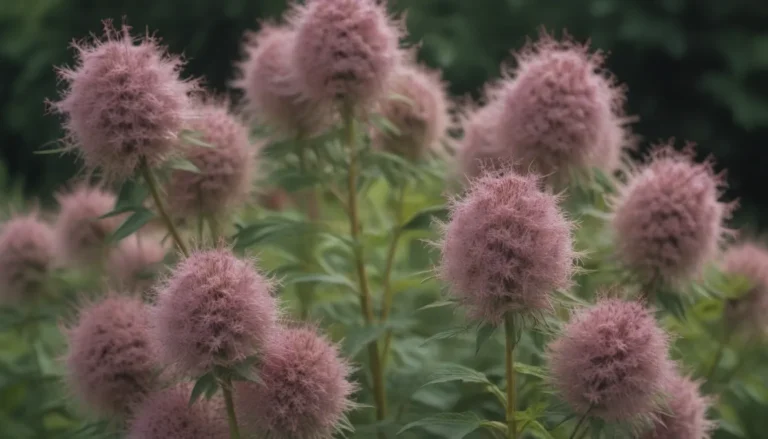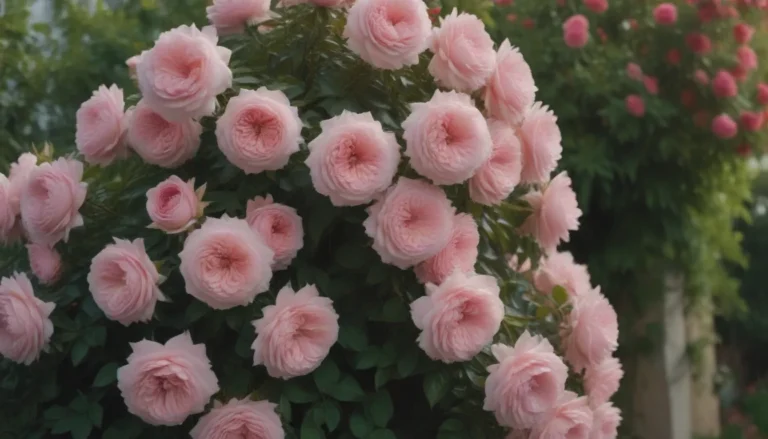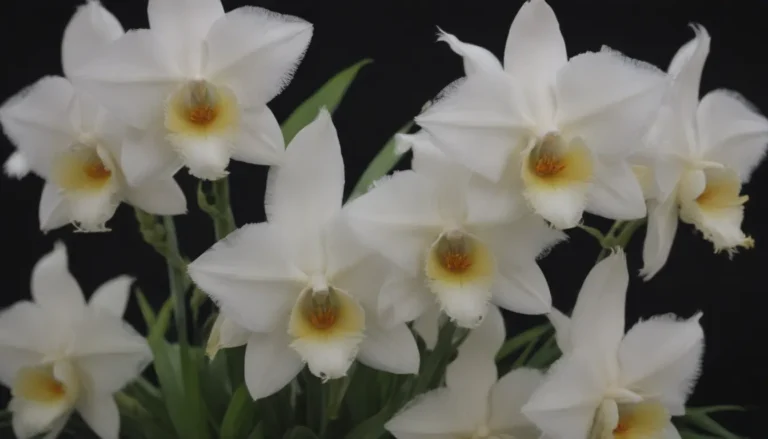The Benefits of Using Horticultural Sand in Your Garden
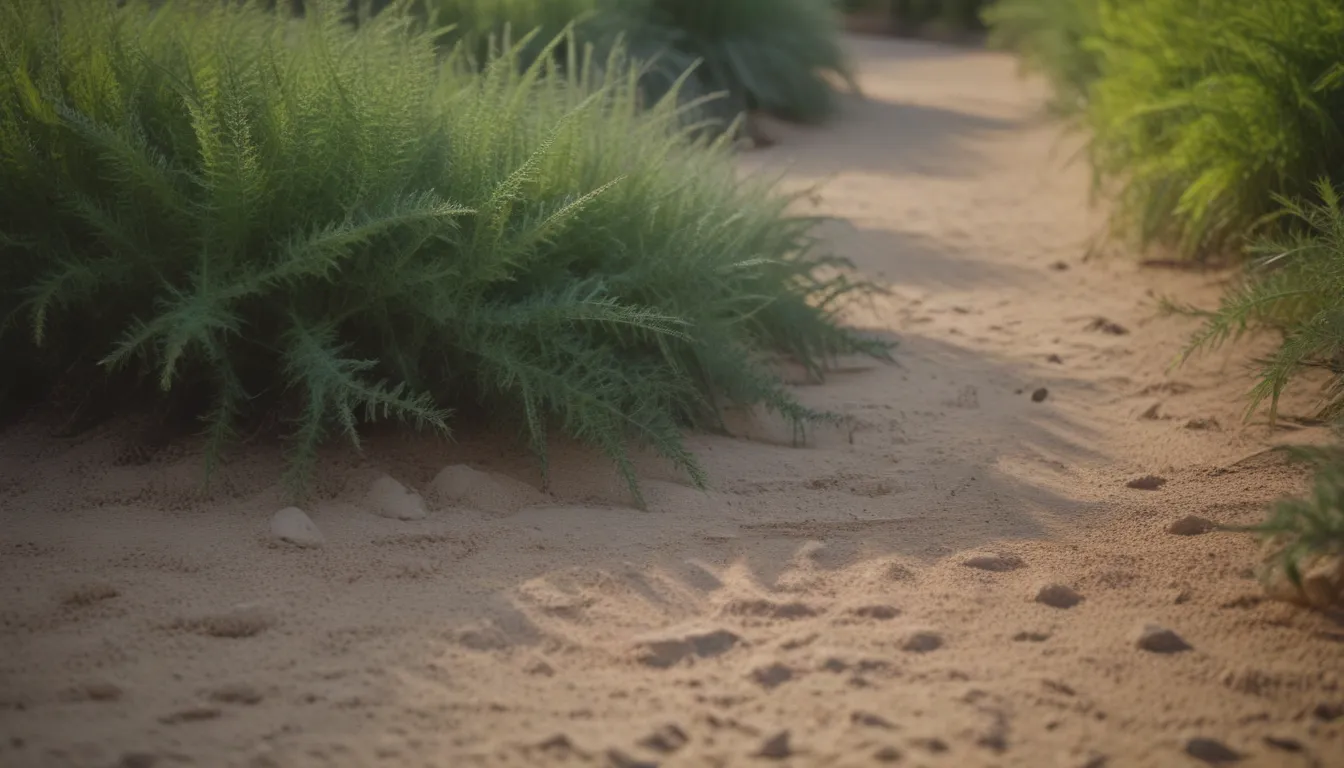
Are you looking to improve your garden’s soil structure and promote better drainage? If so, horticultural sand may be the solution you’ve been searching for. In this comprehensive guide, we’ll explore the various benefits of using horticultural sand, how it compares to other types of sand, and alternative options if you can’t find it at your local store. Let’s dive in and discover why horticultural sand should be a staple in your gardening toolkit.
Understanding Horticultural Sand
Horticultural sand, also known as sharp sand or horticultural grit, is a versatile material that can enhance the quality of your soil. While it can be challenging to find in some regions, its benefits make it worth seeking out. Here are some reasons why horticultural sand is a must-have for any avid gardener:
-
Improves Drainage: One of the primary benefits of horticultural sand is its ability to improve soil drainage, especially in clay-like soil. By adding horticultural sand to your seedling or potting mix, you can create tiny air and water pockets that help roots thrive.
-
Enhances Soil Structure: In addition to drainage improvements, horticultural sand can enhance soil structure by providing aeration and preventing compaction. This promotes healthy root growth and overall plant vigor.
-
pH Neutral: Horticultural sand is lime-free, making it safe to use without affecting the pH balance of the soil. This ensures that your plants can thrive in a healthy, neutral environment.
-
Non-Clumping: Unlike other types of sand, horticultural sand does not clump together, preventing soil compaction and allowing for better water infiltration.
Horticultural Sand vs. Other Sands
It’s essential to understand the differences between horticultural sand and other types of sand, such as builders’ sand, play sand, and sandbox sand. Here’s a comparison to help you make an informed decision:
-
Builders’ Sand: Builders’ sand is coarser, less uniform, and may contain impurities like rocks or clay. It is also cheaper than horticultural sand but may have salt and lime, which can impact plant growth.
-
Play Sand: Play sand has finer, rounder grains and is often used in children’s sandboxes. It is not suitable for gardening as it can lead to poor drainage and soil compaction.
-
Horticultural Grit: Similar to sharp sand, horticultural grit is used to improve drainage and soil structure. It is a suitable alternative to horticultural sand in gardening applications.
What’s in Horticultural Sand?
Horticultural grit and sharp sand are typically made from crushed rock, such as limestone or granite. The pH levels of these materials may vary depending on the type of stone used. When choosing horticultural sand, consider the origin of the rock to gauge its acidity or alkalinity. While builders’ sand is more affordable, it may lack the quality and consistency of horticultural sand.
Alternatives to Horticultural Sand
If you’re having trouble finding horticultural sand, don’t worry—there are alternative options available. Consider the following substitutes to achieve similar benefits in your gardening projects:
-
Perlite: Perlite is a volcanic rock that enhances drainage and aeration in soil mixes. It is an excellent alternative to horticultural sand and can be used in seed starting mixes.
-
Vermiculite: Vermiculite is an absorbent material that retains water while promoting aeration in the soil. It is an ideal substitute for horticultural sand in potting mixes.
-
Finished Compost: Finished compost or vermicompost can be used in place of horticultural sand to introduce nutrients into the soil. These rich organic materials provide essential nourishment for plant growth.
In conclusion, horticultural sand is a valuable addition to any garden, offering numerous benefits for soil quality and plant health. Whether you’re looking to improve drainage, enhance soil structure, or promote healthy root growth, horticultural sand is a versatile solution for all your gardening needs. So, next time you’re planning a new garden project, consider incorporating horticultural sand for optimal results. Happy gardening!
